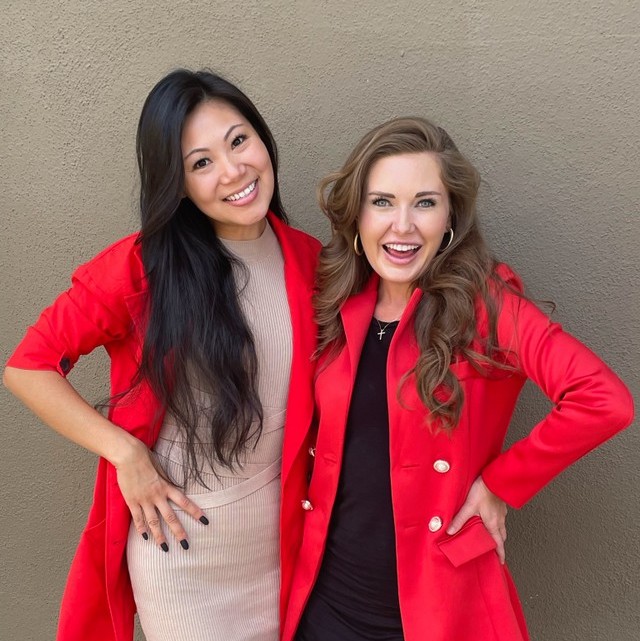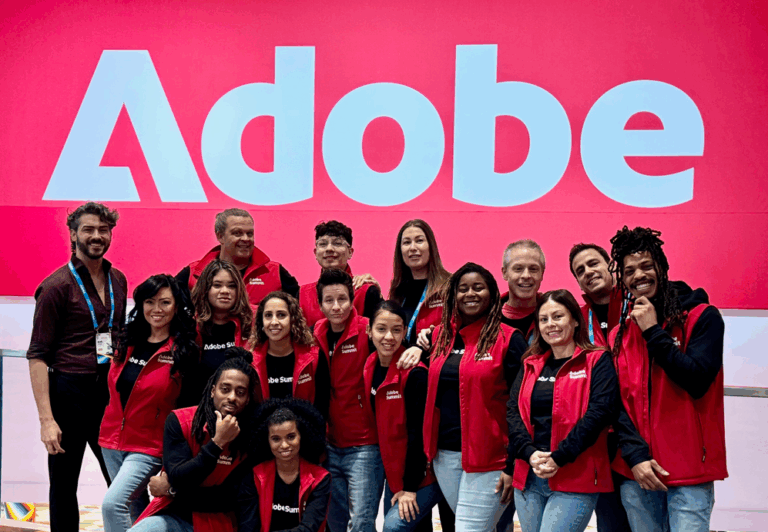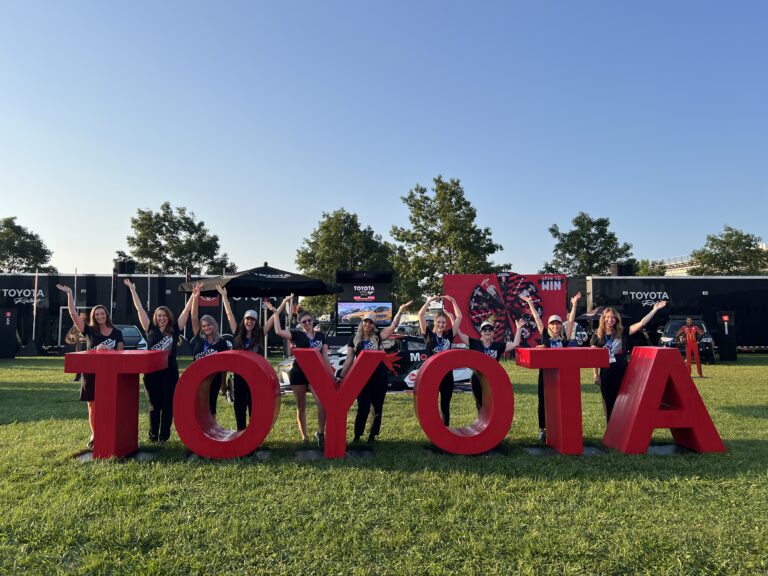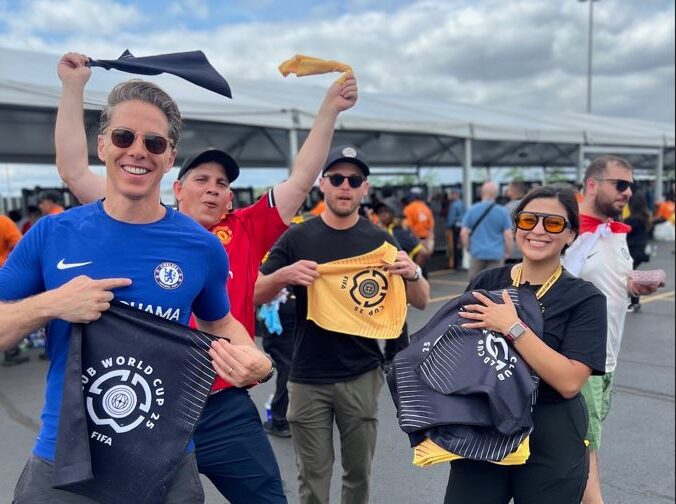7 Tips for Hiring Trade Show Models
So your company has decided to invest in a tradeshow booth. Now what? Many industry professionals are now choosing to hire promotional models to work alongside their executives and salesman at large scale industry events. These trade show models and staff can help drive traffic to the booth, aid with lead generation and even make presentations more engaging and exciting.
But what is a trade show model and how do you choose the right person for your brand?
Here are our 7 recommended steps to hiring great trade show staff.
1. Request Photos and a Professional Resume
 In the landscape of selfies and Snapchat filters, images can be very misleading. When requesting photos of talent, be clear and concise about what you are looking for. A professional smiling headshot and a ¾ body shot are industry standard. Some companies also require dated candids to ensure the talent are not submitting older photos.
In the landscape of selfies and Snapchat filters, images can be very misleading. When requesting photos of talent, be clear and concise about what you are looking for. A professional smiling headshot and a ¾ body shot are industry standard. Some companies also require dated candids to ensure the talent are not submitting older photos.
A professional resume should cover all types of work a candidate has done and list them in chronological order. These roles can include brand ambassador, product specialist, promotional model, runway model, print model, retail, sales, host/hostess, presenter, and trade show model. Candidates should also include their education and a brief summary of who they are and/or what type of role they are looking for. Be cognizant of spelling and grammatical errors. If someone has not done their due diligence to proofread their resume, they may be equally lazy when it comes to their role on your show floor.
2. Look for Experienced Talent
Review the model’s photos and resume. Trade Shows are a specific type of industry experience. Just because a promotional model has worked as a brand ambassador or model previously, it doesn’t mean they will be properly trained in working at a tradeshow. Look for staff who have previous trade show or convention experience. This will help ensure they have the poise and communication skills needed to convey your brand’s intricacies and message. The more experience they have related to trade shows, the more likely it is that they will meet your expectations at show time.
Along with a resume, you may also ask candidates for a list of references. If you do, notice who they list. Are they industry professionals or just friends? If you plan to call references, look for someone who had a managerial role over your candidate and ask basic questions about their work ethic and timeliness.
3. Hold an Interview
Once you have narrowed your selections to those who’s look and resume you like, invite talent to interview for the position. Ideally, this is done in person but technology now allows this to also happen via Skype/ FaceTime. Seeing to your candidate while you interview will help you judge how outgoing and friendly they are when under pressure.
As you speak with your interviewee, make a note of how easily they answer questions and how often you are forced to lead the conversation. Also, pay attention to how often they smile and how open their posture and body language is. Reading from a script is one thing, but being able to engage with an audience is most important during a trade show. When consumers attend trade shows, they are looking to learn about the brands and products exhibiting. Engaging talent naturally draws in visitors by getting the conversation started in an inviting way.
4. Select Talent Who Are Interested in Your Product
It’s much easier to work with someone who is enthusiastic and genuine, than someone who just shows up to get a paycheck. Discuss your product and industry with your candidates. If they seem unaware of what you do and have not researched your company prior to the interview, this is a red flag. Hire someone who has an authentic interest in your industry, products and services. Their knowledge and excitement will be contagious.
Some example questions to ask:
- What excites you about working with our company?
- Why do you enjoy working as trade show staff?
- Why do you think you are the right representation for our brand?
- Have you ever worked with a company whose product you didn’t believe in?
- Can you give an example of how you would initiate a conversation about our product with an attendee.
5. Use Talent Who are Educated and Trainable
Trade show models should not only look the part, but they should also be knowledgeable about the brand they’re representing. Providing a script is a good idea, but also make sure the model has a strong understanding of the brand aside from what’s scripted.
Today’s models and product specialists should attend classes to learn the features and benefits of the products they represent before hitting the trade show floor. A trade show model is part of your company for the duration of the show. Arming them with the right training will lead to better overall results for you.
6. Do a Background Check
Not everyone is who they appear to be. It’s important to do some sort of screening before allowing a talent to join your company’s footprint. A formal background screen is always recommended but can be costly if your HR department doesn’t already have this software in place.
For a more casual approach to screening, do a Google search of your candidate’s name. A search like this will often reveal if your staff has been arrested or if they have been reported for wrongdoing in a local paper. A Google image search is also advisable, especially when a candidate has a common name, but be aware that some images may not be “safe for work.”
7. Work With a National Staffing Agency
If the above process sounds daunting or like too much work, you can and should use a national staffing agency. Agencies employ teams of recruiters whose sole job is to hire experienced trade show models for your event. For a nominal fee, they can interview, screen, onboard and manage talent for you.
Productions Plus – The Talent Shop has one of the largest databases of talented models and presenters in the United States. With a reach as large as ours, no matter where you need talent, or how specific your talent requirements are, we are able to deliver.







